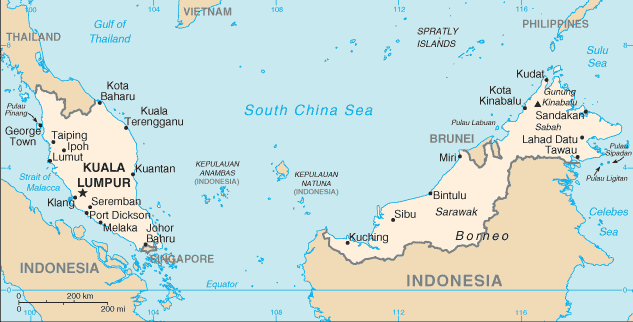While some countries in southeast Asia have seen decreases in dengue fever activity in 2014, compared to last year (Philippines and Thailand), Malaysia has seen a sharp increase in dengue fever cases and deaths this year prompting some Malaysia media to call dengue fever the “main enemy” to the public.
According to the Malaysian Director-general of Health, the total number of dengue fever cases reported on the Malay archipelago stands at 98,128 as of Dec. 6. This is a dramatic increase from the same period in 2013 when Malaysia saw 37,698 cases.
In addition, dengue fatalities during the same period also increased to 189 compared to 79 deaths the previous year, an increase of 139 per cent.
In the past 50 years, the incidence of dengue worldwide has increased 30-fold, largely as a consequence of the growth of cities and increased travel.
Dengue fever is an infectious disease carried by mosquitoes and caused by any of four relateddengue viruses. This disease used to be called “break-bone fever” because it sometimes causes severe joint and muscle pain that feels like bones are breaking.
People get the dengue virus from the bite of an infected Aedes mosquito. It is not contagious from person to person. For more infectious disease news and information, visit and “like” the Infectious Disease News Facebook page
There are three types of dengue fever in order of less severe to most: the typical uncomplicated dengue fever, dengue hemorrhagic fever (DHS) and dengue shock syndrome (DSS).
The World Health Organization (WHO) estimates there may be 50–100 million dengue infections worldwide every year. However, new research from the University of Oxford and the Wellcome Trust, using cartographic approaches, estimate there to be 390 million dengue infections per year worldwide.



8 thoughts on “Malaysia dengue outbreak nears 100,000”